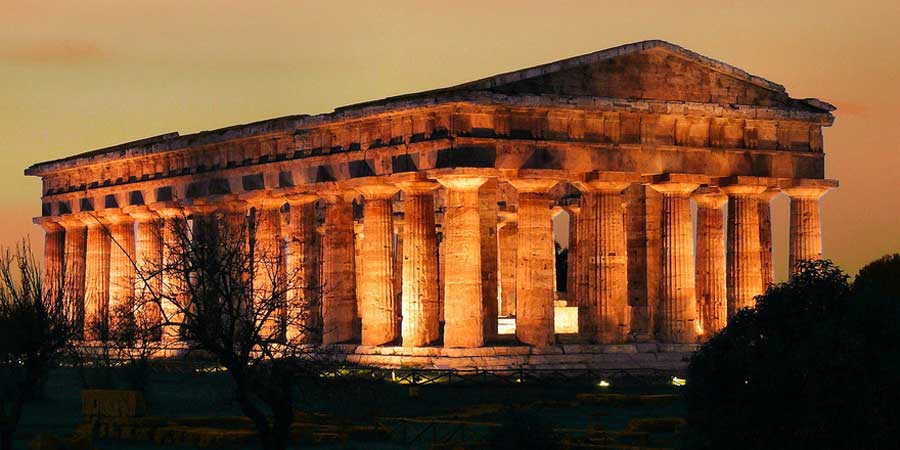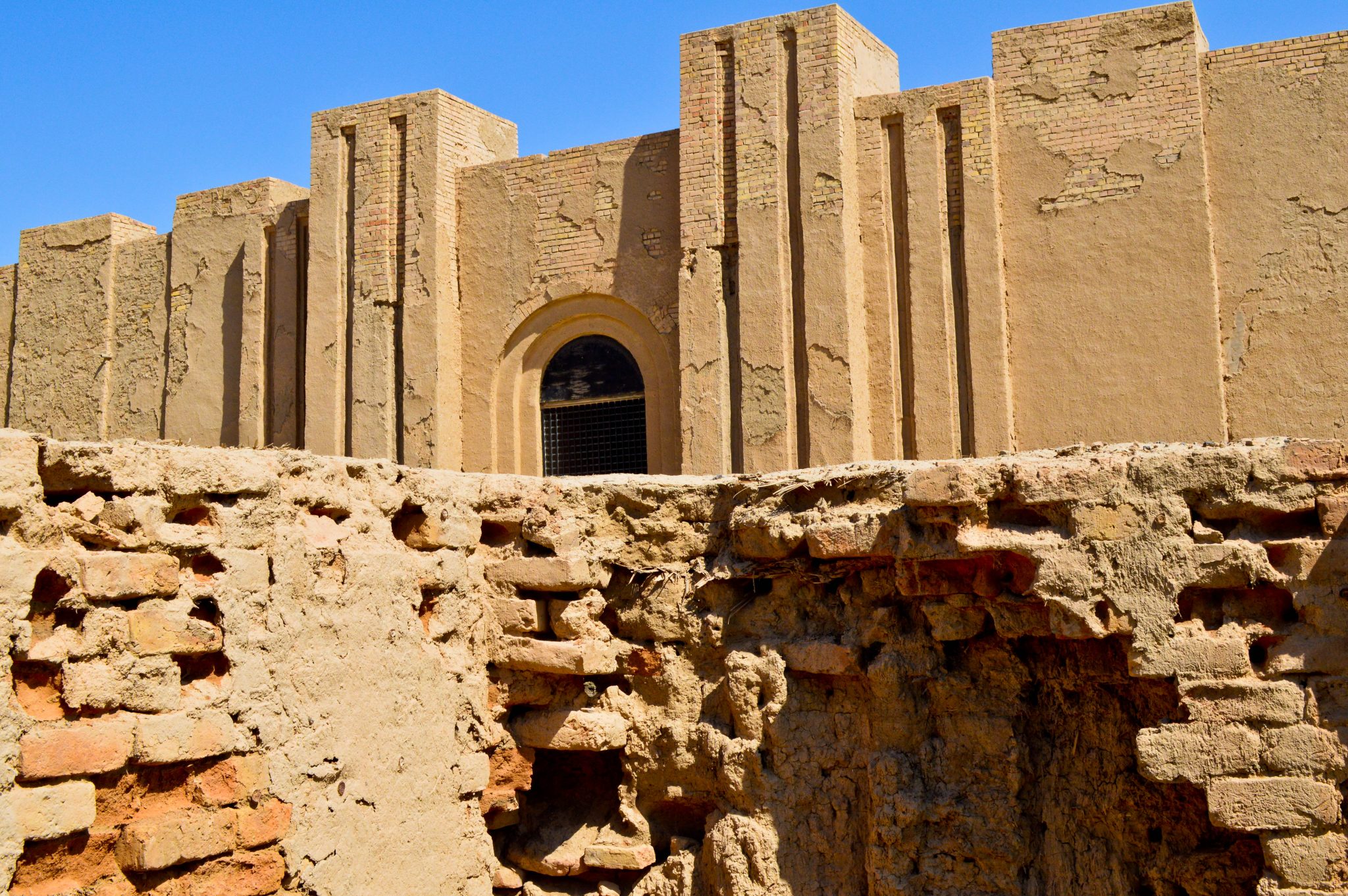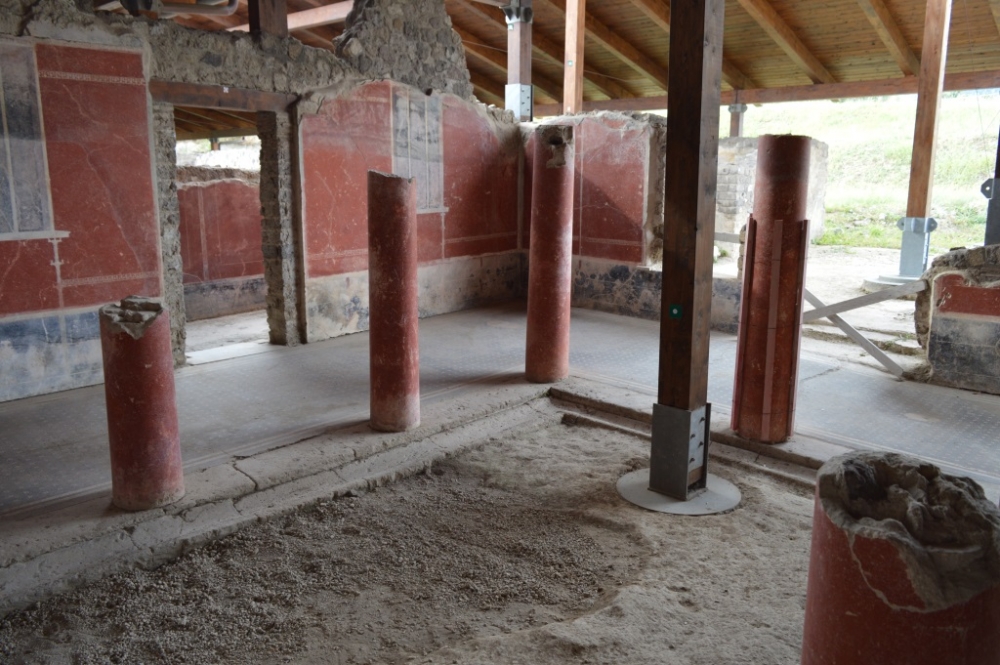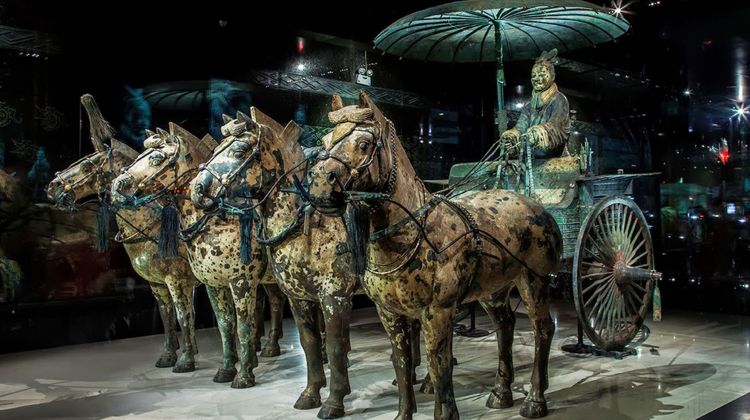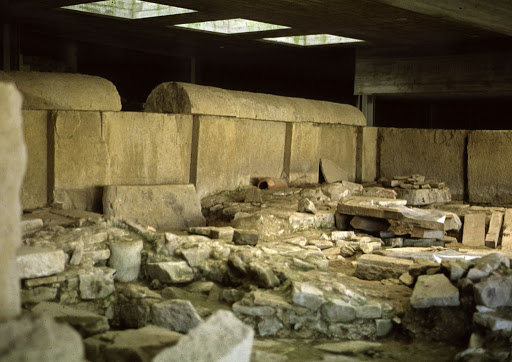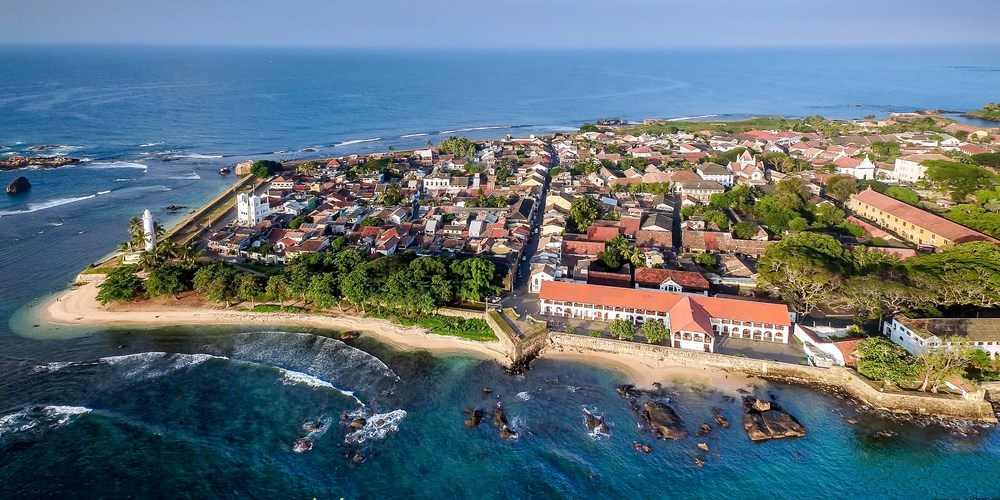three Greek temples of Paestum, built between the 6th and 5th centuries B.C., are along with those of Athens and Agrigento the best-preserved temple buildings from the ’classical age. Since the ‘700s, the site has attracted travelers and artists such as Piranesi and Goethe. Since 1998, Paestum è UNESCO heritage site.
Construction of the temples began a few decades after the founding of the city of Peastum, which was originally called Poseidonia, around 600 BC. It was settlers from the city of Sybaris (in Calabria) who settled south of the Sele River, near the Etruscans of Pontecagnano to the north and the indigenous peoples who inhabited the mountains to the east.
The temples stand in the central part of the city, which covers more than 120 hectares and is surrounded by walls, also among the best preserved we know. Between the temples was located the “market”, that is, the central square where assemblies of citizens were held and the tomb (empty, actually) of the mythical founder of Peastum was worshipped.
Surrounding the temples and marketplace were living quarters. The remains of houses, baths and stores that can be seen on the site today date largely to the imperial age (1st-5th centuries AD), while we still ignore many aspects of Greek habitation.
The oldest evidence of Greek settlement has been found in urban sanctuaries, in tombs identified outside the walls and in the sanctuary of Hera Argiva at the mouth of the Sele River, about 9 km from Paestum.
In the second half of the 5th century B.C., the city was conquered by Italic, non-Greek peoples (called Lucanians by some sources); both language (from Greek to the so-called Oscan) and material culture and funerary rites changed. There is no shortage, however, of elements of continuity, such as the persistence of the function of temples.
In 273 B.C. a new incisive change takes place: following the Roman expansion, a Latin colony is installed in Paestum. From now on, Paestum is counted among the many citiesà “Roman” of the peninsula. Around the first century AD, the living quarters were probably very similar to those of Pompeii and Herculaneum, preserved under the lapilli of Vesuvius.
